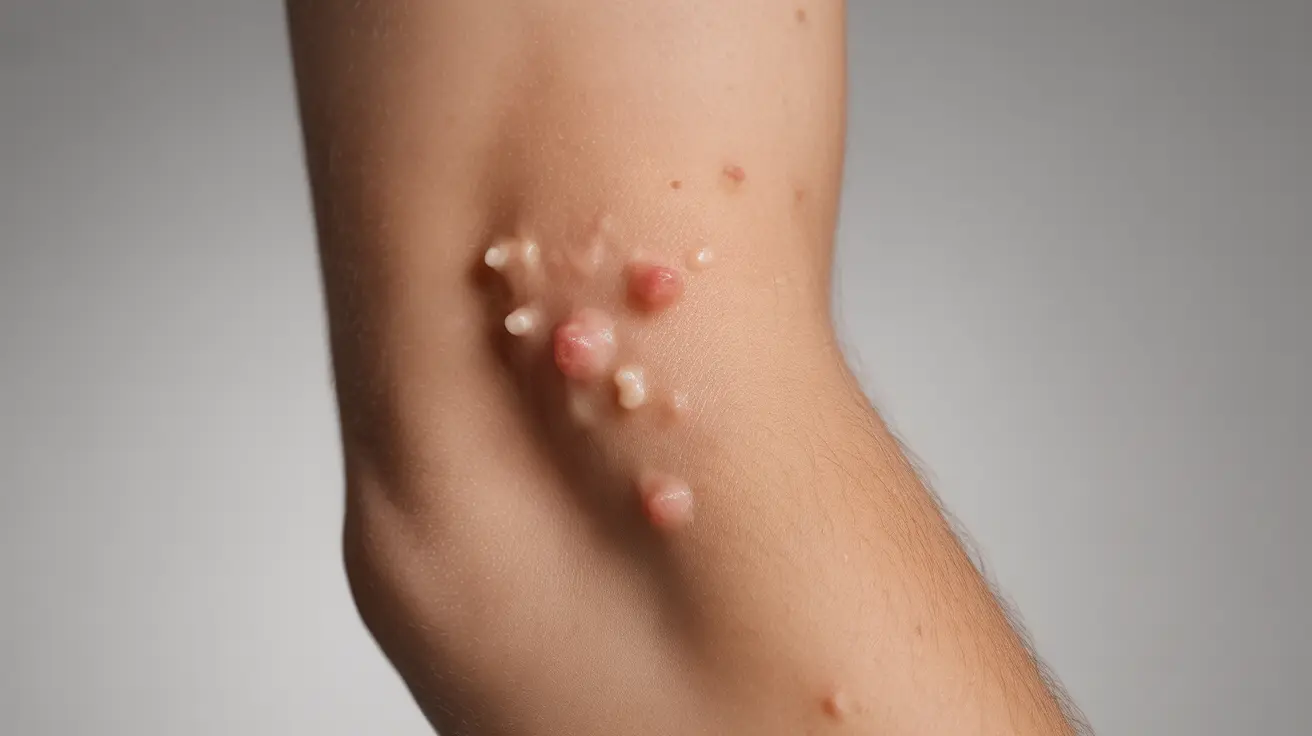Acne mechanica is a distinct form of acne triggered by physical factors such as pressure, friction, and heat against the skin. This condition commonly affects athletes, active individuals, and anyone who regularly wears tight-fitting equipment or clothing that traps heat and moisture against their skin. Understanding its causes, symptoms, and treatment options is crucial for effective management and prevention.
Unlike regular acne (acne vulgaris), acne mechanica develops specifically in response to mechanical stress on the skin, making it particularly relevant for people who participate in sports or engage in activities requiring protective gear or form-fitting clothing.
Identifying Acne Mechanica Symptoms
Acne mechanica presents with several characteristic signs that distinguish it from other forms of acne:
- Small red bumps and pustules
- Irritated, inflamed skin
- Clustering of breakouts in areas of friction or pressure
- Rough, bumpy texture in affected areas
- Heat-induced inflammation
These symptoms typically appear in areas where equipment, clothing, or gear makes constant contact with the skin, such as the shoulders, back, and chin strap area for athletes wearing protective equipment.
Common Causes and Risk Factors
Understanding what triggers acne mechanica is essential for prevention and treatment:
Physical Pressure and Friction
Regular pressure and rubbing against the skin from various sources can trigger breakouts:
- Athletic equipment and protective gear
- Backpacks and shoulder straps
- Tight-fitting synthetic clothing
- Helmet straps and chin guards
- Heavy equipment carried against the body
Environmental Factors
Several environmental conditions can exacerbate acne mechanica:
- High humidity and heat
- Trapped sweat and moisture
- Poor ventilation under equipment or clothing
- Extended periods of skin occlusion
Prevention Strategies
Implementing proper preventive measures can significantly reduce the risk of developing acne mechanica:
Clothing and Equipment Modifications
- Choose moisture-wicking fabrics
- Ensure proper fit of protective gear
- Use moisture-absorbing materials under equipment
- Clean equipment regularly
- Take breaks from wearing tight-fitting items when possible
Skincare Practices
Maintaining good skin hygiene is crucial for prevention:
- Shower immediately after activities that cause sweating
- Use non-comedogenic products
- Keep skin clean and dry
- Change out of wet or sweaty clothing promptly
- Apply preventive treatments as recommended by healthcare providers
Treatment Approaches
Effective treatment of acne mechanica often requires a multi-faceted approach:
Immediate Interventions
- Remove or modify sources of friction and pressure
- Clean affected areas with gentle, non-irritating cleansers
- Apply over-the-counter acne treatments containing benzoyl peroxide or salicylic acid
- Use non-comedogenic moisturizers to maintain skin barrier function
Long-term Management
For persistent cases, consider these additional treatment options:
- Topical antibiotics prescribed by a healthcare provider
- Regular exfoliation with gentle products
- Anti-inflammatory treatments
- Professional dermatological guidance when needed
Frequently Asked Questions
What are the common symptoms and appearance of acne mechanica?
Acne mechanica typically appears as red bumps, pustules, and inflamed skin in areas where friction, pressure, or heat occurs. The breakouts are usually clustered in specific areas where equipment or clothing makes contact with the skin, and the affected areas may feel rough or bumpy to the touch.
How do you prevent acne mechanica, especially in athletes or individuals with active lifestyles?
Prevention focuses on minimizing friction and moisture trapped against the skin. This includes wearing moisture-wicking fabrics, ensuring proper fit of equipment, maintaining good hygiene practices, showering immediately after activities, and using preventive skincare products designed for acne-prone skin.
What are the typical causes of acne mechanica, and how does it differ from other types of acne?
Acne mechanica is specifically caused by physical factors like pressure, friction, and trapped heat/moisture, unlike regular acne which is primarily hormone-driven. It develops in direct response to mechanical stress on the skin and typically appears only in areas where this stress occurs.
Can wearing tight-fitting clothing or using sports equipment cause acne mechanica, and why?
Yes, tight-fitting clothing and sports equipment can cause acne mechanica because they create friction against the skin and trap heat and moisture. This combination creates an ideal environment for bacteria growth and skin irritation, leading to breakouts in affected areas.
How do you treat acne mechanica effectively, and what skincare practices can help reduce its occurrence?
Effective treatment includes removing or modifying sources of friction, maintaining proper hygiene, using appropriate skincare products (such as benzoyl peroxide or salicylic acid), and following a consistent skincare routine. For severe cases, medical intervention may be necessary, including prescription topical treatments or antibiotics.




